Selecting an appropriate Java framework is essential to the success of any software development endeavour. It might be difficult to choose the finest solution for your needs when there are so many on the market. We’ll go over some important considerations for assessing Java frameworks in this article.
What is a Java Framework?
Java developers utilize Java frameworks, which are platforms made up of prewritten code, to create a variety of software and applications. The platform offers a library of preconfigured classes and functions that can be used to control hardware, handle software, process user input, and more.
In essence, a Java framework is a shell that programmers may construct an application upon. A developer can quickly construct software on top of the pre-existing classes and methods by adding their own code.
Types of Java Frameworks
Let’s look into the best frameworks in Java that are a good choice to learn in 2024 if you are a Java developer or aspire to be one.
Spring
Spring is an open-source framework that any Java program can use. Because it allows for flexible coupling, it solves the issue of tight coupling across modules, preventing changes in one class from requiring changes in other classes. Because it provides features like security and configuration, Spring is a package unto itself. There is a lot of information available online about it because it has a vibrant community.
Key Features:
– Inversion of Control (IoC)
– Aspect-Oriented Programming (AOP)
– Dependency Injection
Hibernate
Object-Relational Mapping (ORM) Hibernate solves the issues with JDBC, which prevents JDBC from supporting object-level relationships—a crucial idea in application development—and thus makes managing databases with Java easier. HQL (Hibernate Query Language) is the name for Hibernate queries. By building an abstraction layer to allow for loose coupling of the code, it directly maps database tables to corresponding Java classes. The Java framework’s Hibernate eliminates the need for developers to worry about creating database connections or carrying out operations because Hibernate handles these tasks for them.
Key Features:
– Object-Relational Mapping (ORM)
– Lazy Loading
– Caching
Struts
An open-source framework for web applications is called Apache Struts. It divides the model, view, and controller and binds these three using the struts-config.xml file, following the MVC (Model-View-Controller) pattern to provide a convenient application. Struts 1 and Struts 2 are the two variations. All firms prefer to use the improved version, Struts 2, when building this Java framework. Because it comes with multiple plugins, it supports REST, JSON, and AJAX. It is easier to set up and offers greater flexibility than the conventional MVC architecture. For web developers, it is an excellent option.
Key Features:
– Lightweight designs
– Fast development times
– Loose coupling
– Good split testing functionality
Grails
This open-source, Groovy framework is licensed under Apache 2.0 and helps developers create web apps by utilizing the Java Virtual Machine (JVM). With its short learning curve, this platform should be easy to use for developers who know enough about Java to take advantage of its features and tools. Because Grails is based on Spring Boot, developers can utilize a variety of functionalities offered by the Spring framework. Grails’ extremely speedy API calls are a big reason why developers who create RESTful APIs and web applications love it so much.
Key Features:
– Easy-to-use object mapping
– Reusable code
Things to Consider for Selecting a Java Framework
1. Purpose of Your Project
It’s critical to comprehend the goal of your project before choosing a Java framework. Certain project categories, including web apps, mobile apps, or business software, require distinct frameworks. Make sure the framework you select fits the objectives and needs of your project.
2. Learning Curve
Think about the Java framework you are considering and its learning curve. It can be difficult to understand some frameworks, especially for developers who are not familiar with Java programming. Opting for a framework that is simple to comprehend and apply could be a prudent decision if you are working under pressure or have few resources.
3. Community Support
Support from the community is essential when choosing a Java framework. You can get useful resources from a framework with a large and active community, like plugins, forums, and tutorials. This can speed up your development process, assist with problem-solving, and keep you informed about current trends.
4. Performance and Scalability
Scalability and performance consideration are important aspects to take into account when choosing a Java framework. As your project expands, look for a framework that can readily accommodate growing demands and is optimized for speed. For improved performance, take into account frameworks that provide capabilities like caching, load balancing, and clustering.
5. Security Features
Safety is always at the forefront of software development challenges. Verify that the Java framework you choose prioritizes security and includes features like authorization, authentication, and record encryption. Consider systems that have a track record of regularly delivering updates and correcting security flaws.
By considering these important variables, you will be able to choose a Java framework for your software development project with knowledge. When making your ultimate decision, don’t forget to evaluate your unique requirements, strengths, and aspirations. You may improve code quality, expedite your development system, and complete your assignment successfully if you have the right framework in place.
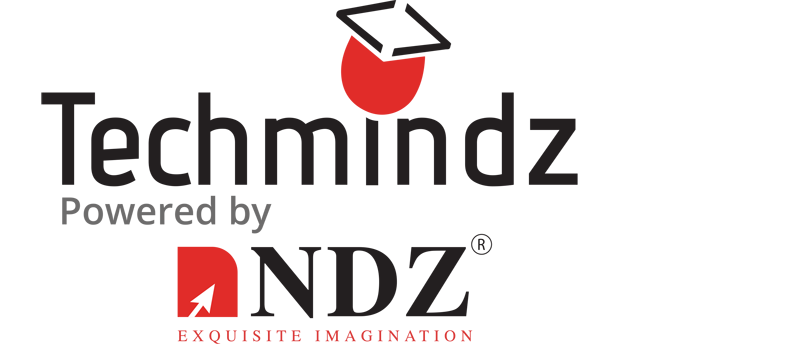
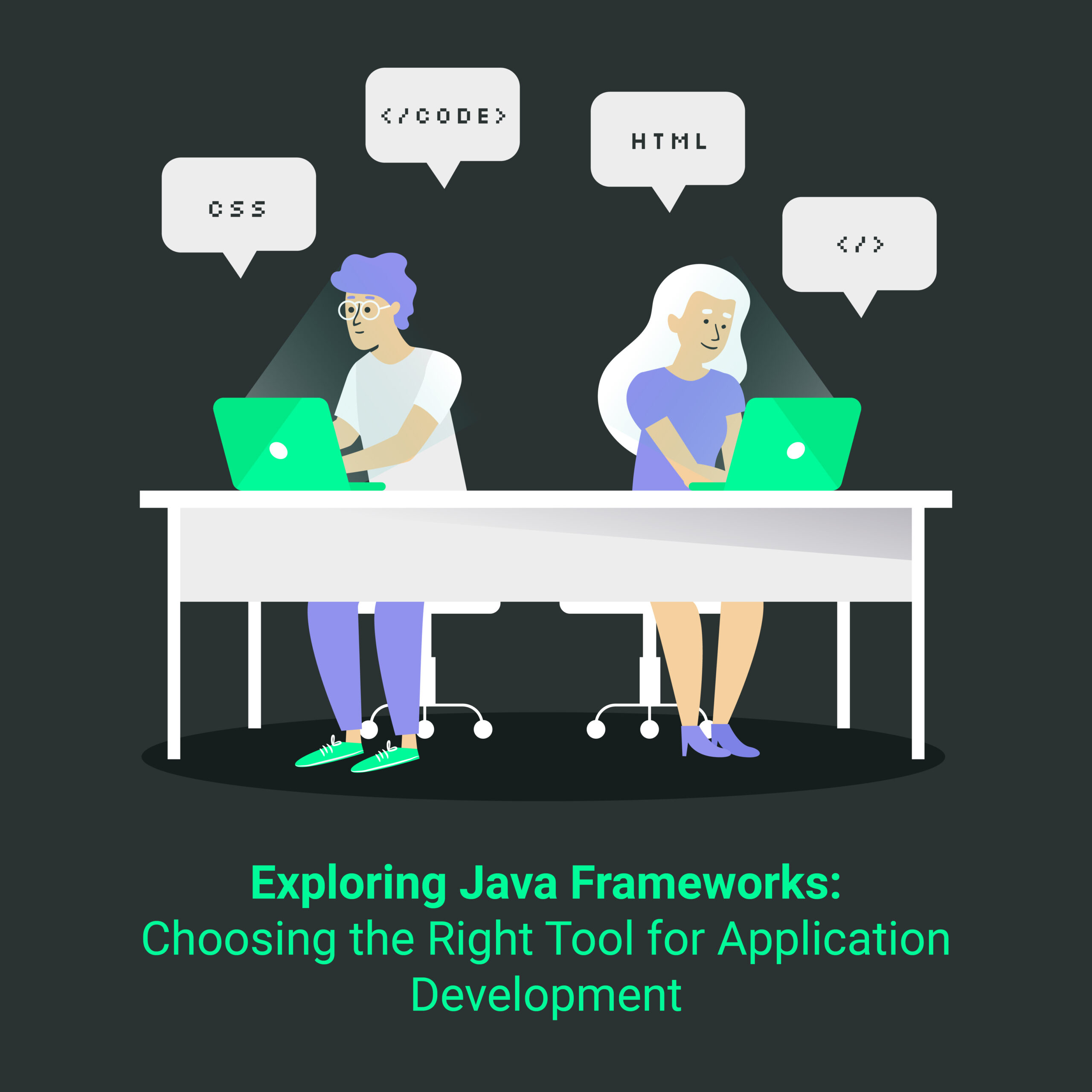


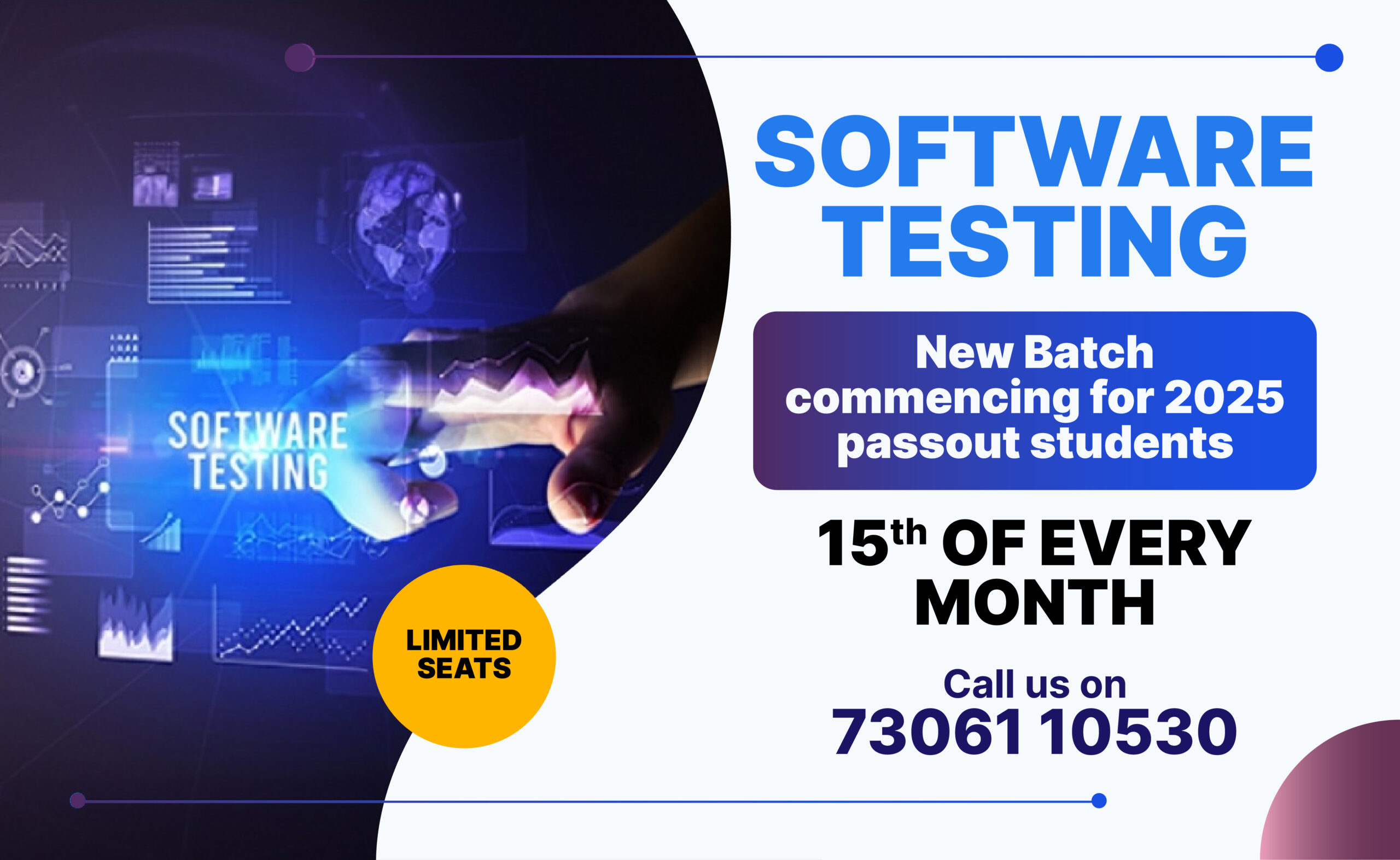
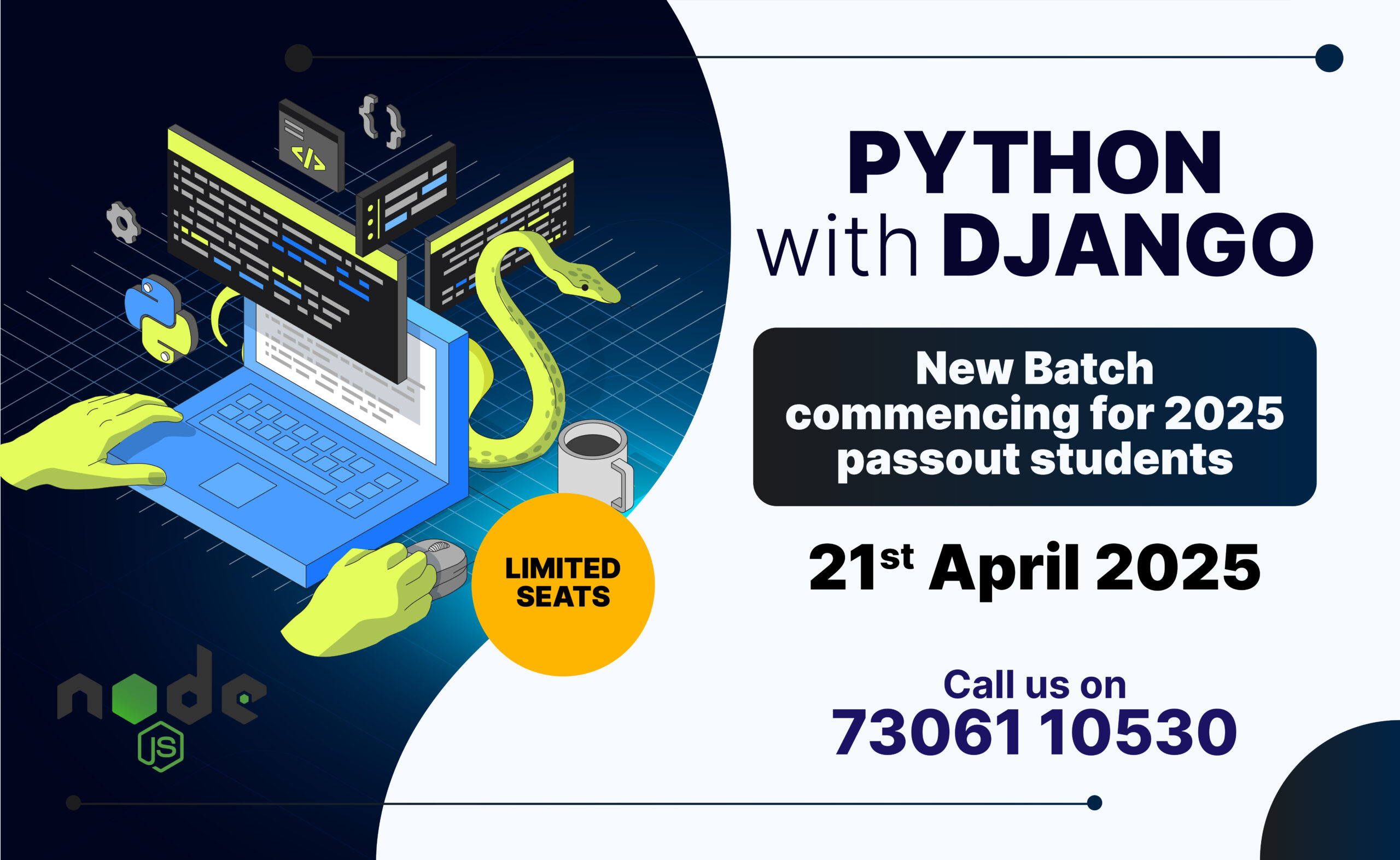
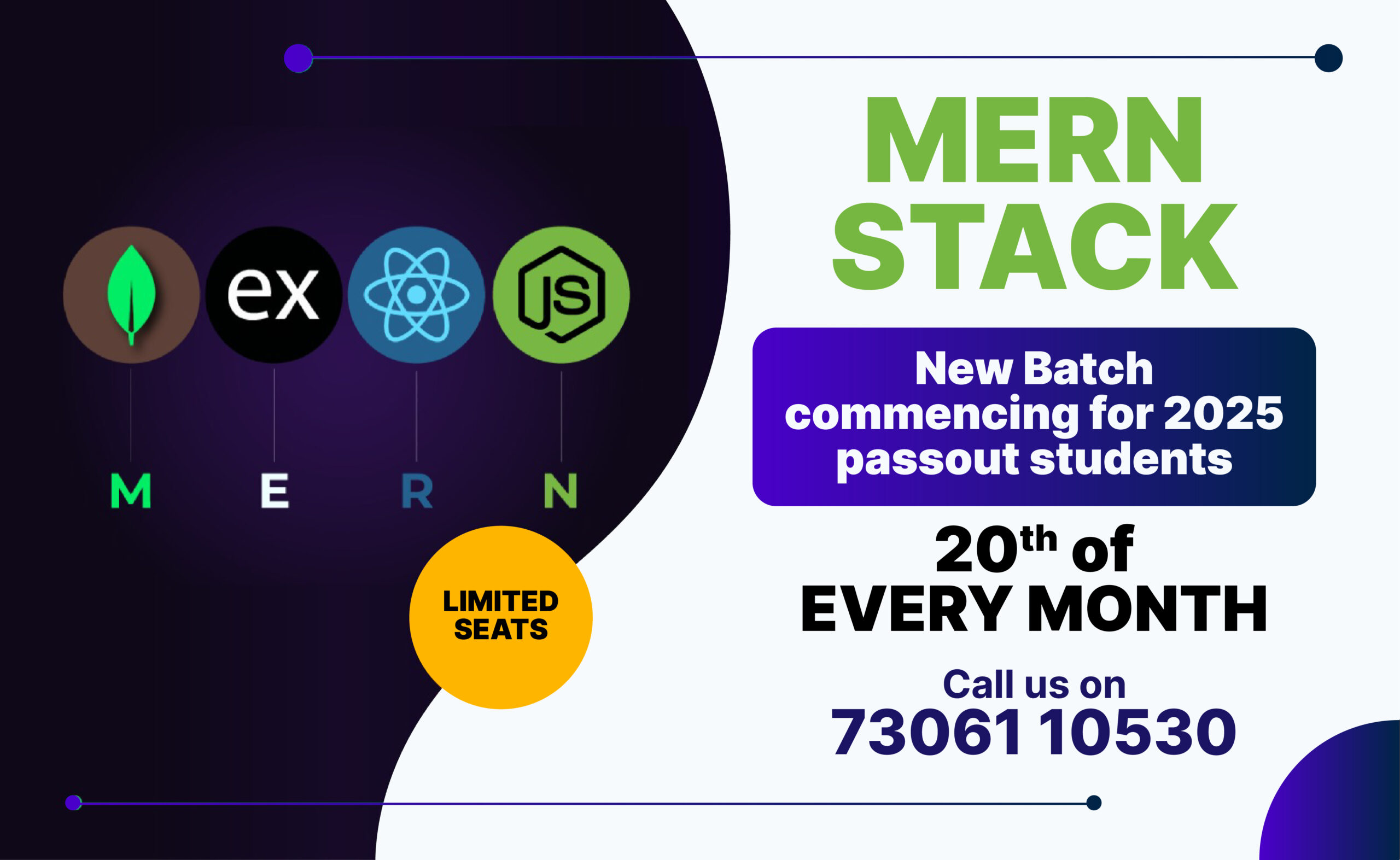



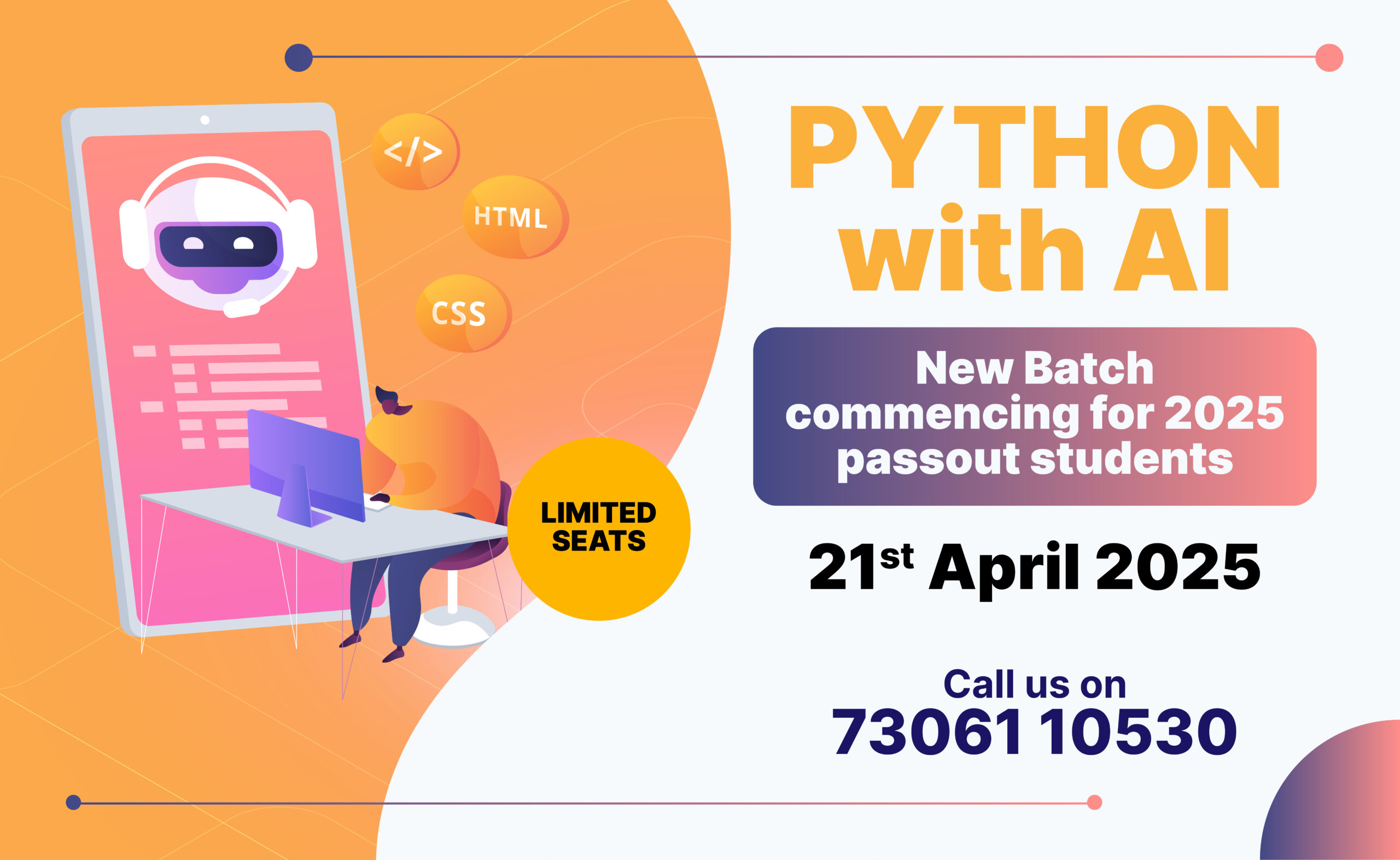
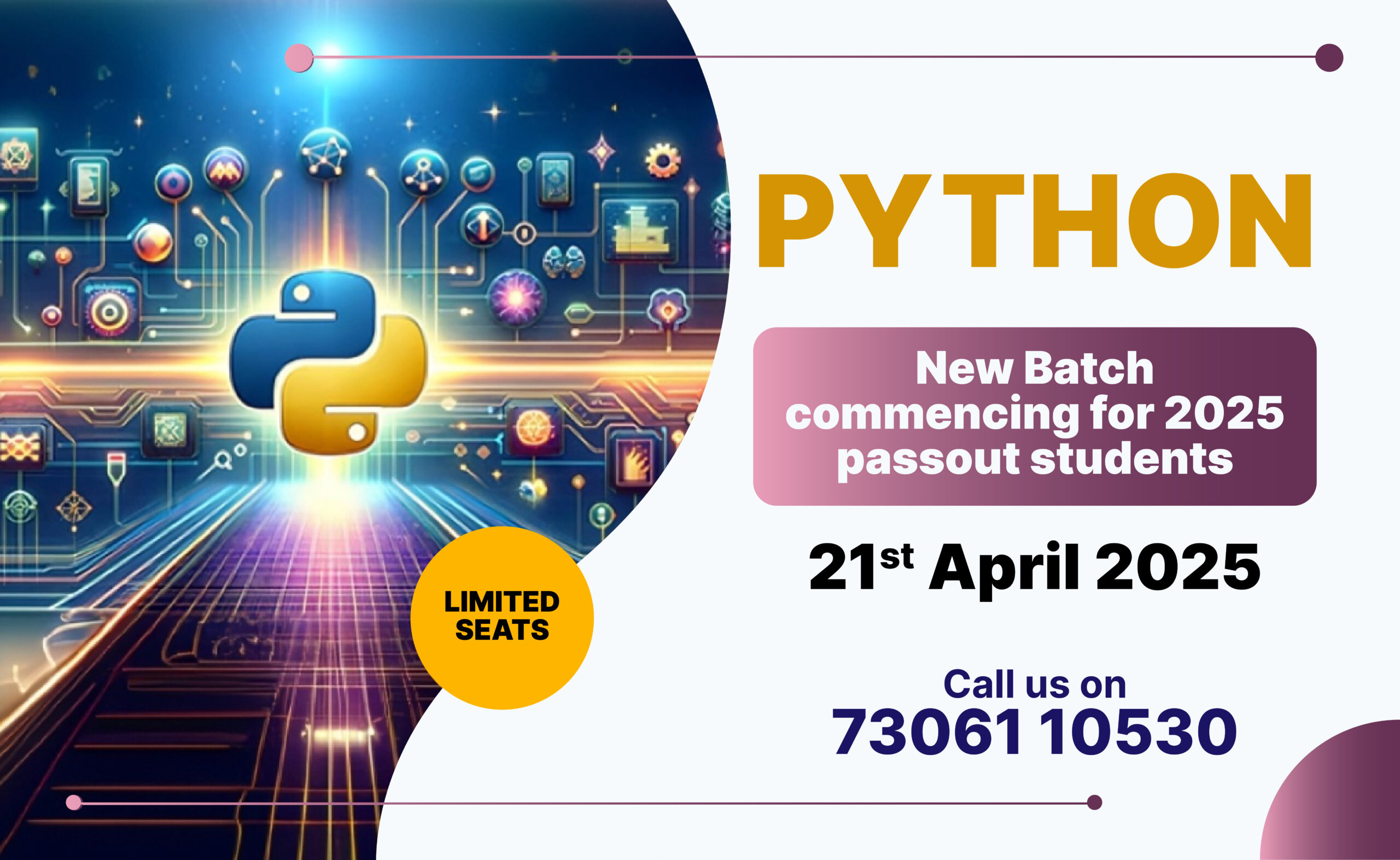
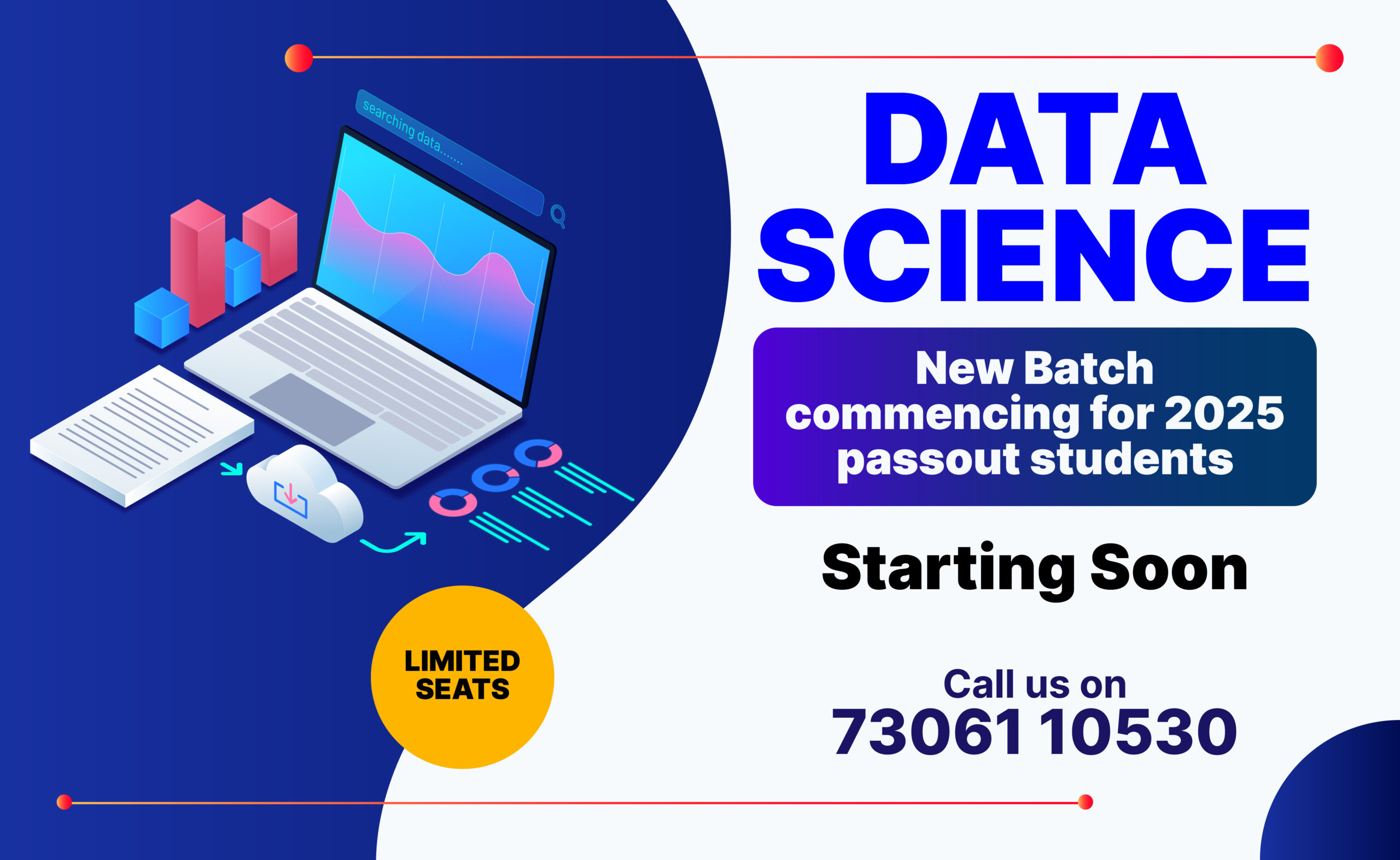

0 Comments